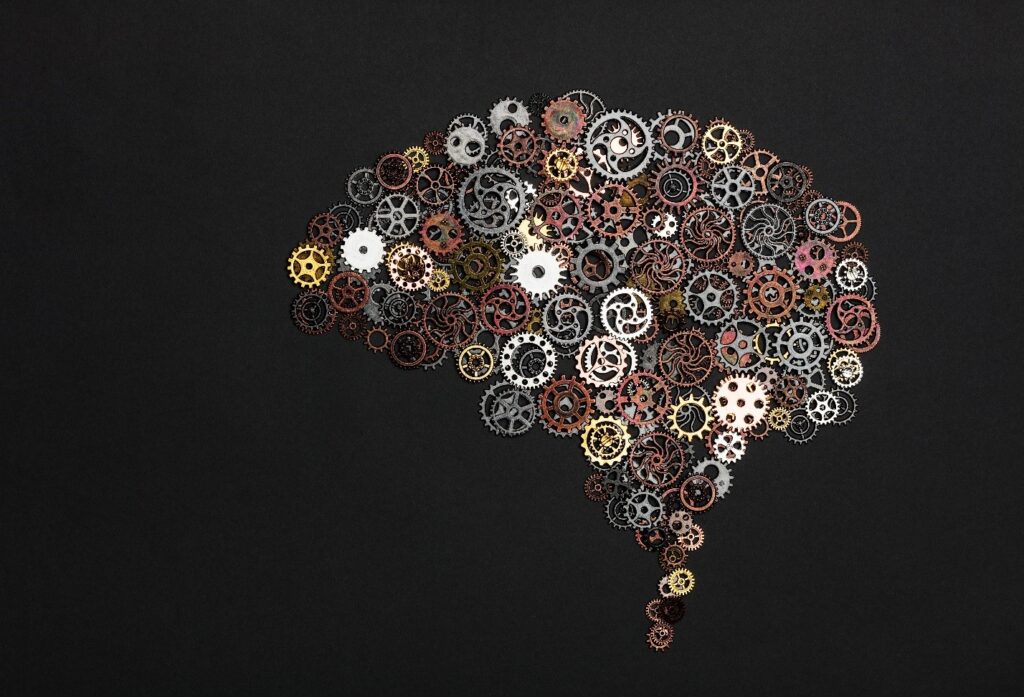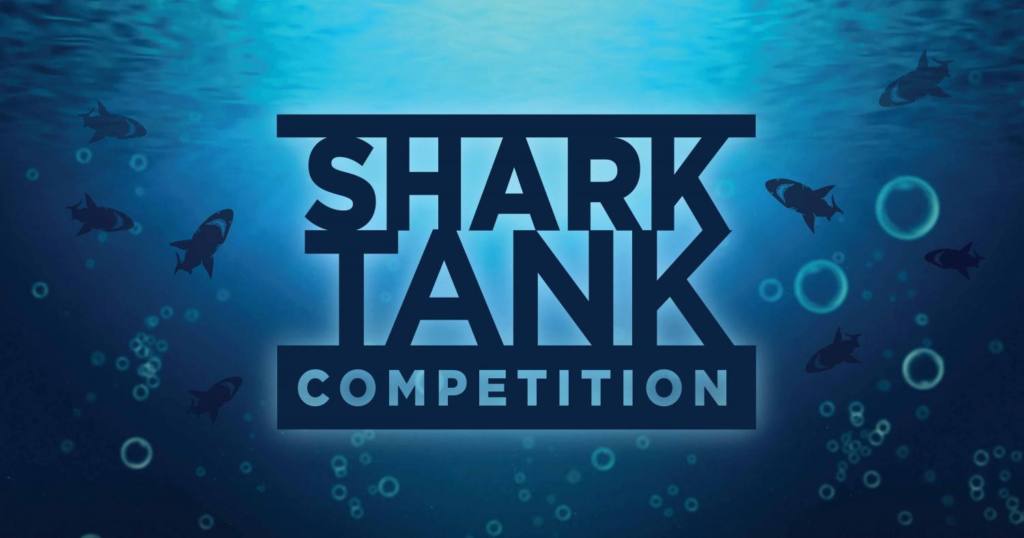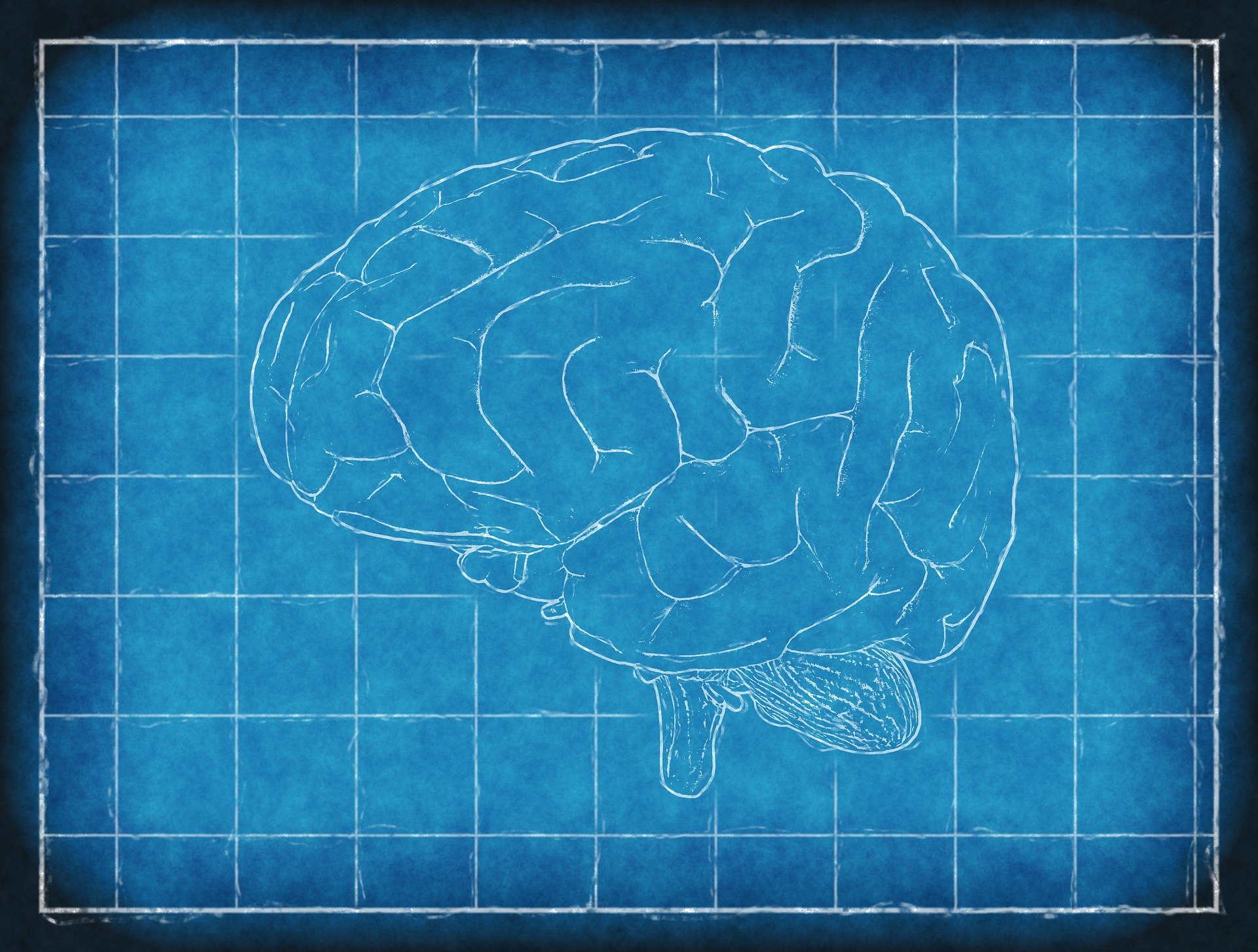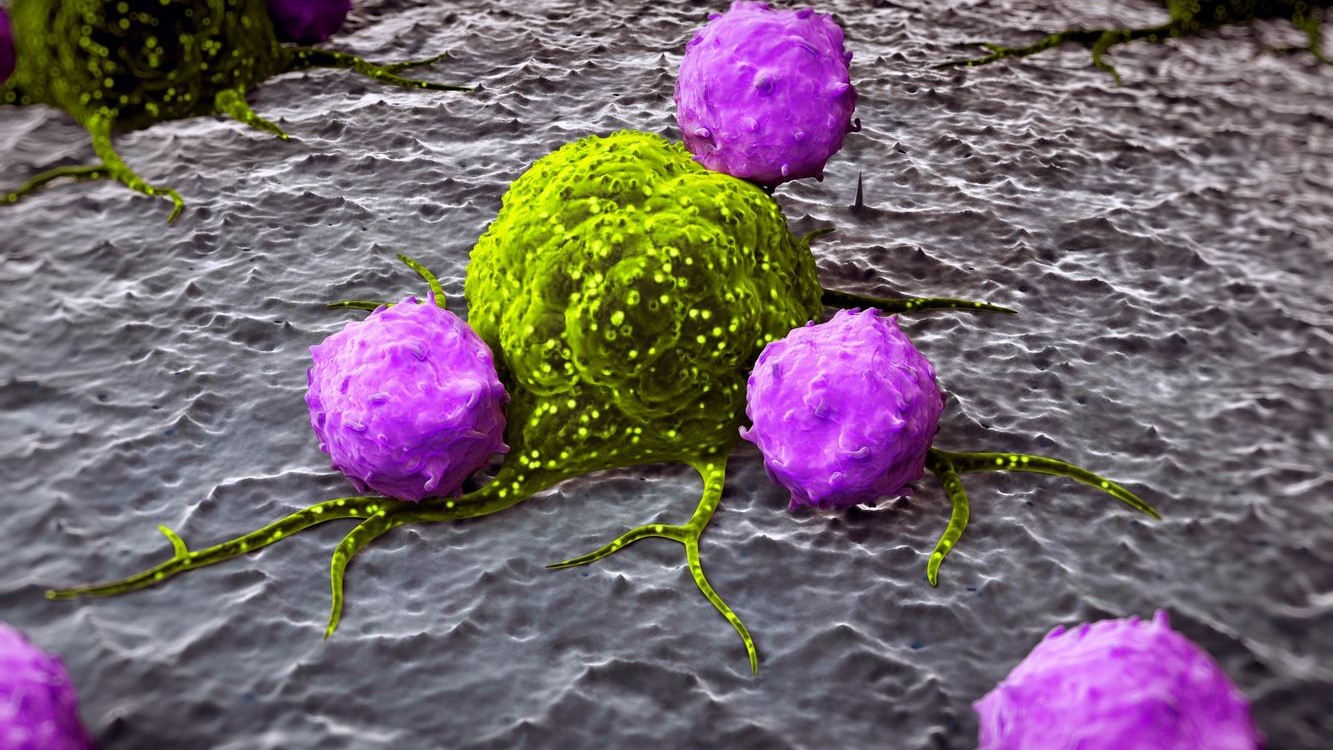Scientists from Duke University found a new method of brain imaging analysis that engages the whole brain. This method could improve the effectiveness of non-invasive brain stimulation treatment for Alzheimer’s disease, obsessive compulsive disorder (OCD), depression and other neurological conditions.
The method identifies brain areas that exert the most control on network function. The study has direct implications for improving the benefits of transcranial magnetic stimulation (TMS). According to the Mayo Clinic, TMS is a non-invasive procedure that uses magnetic fields to stimulate nerve cells in the brain to improve symptoms of depression.
Researchers at Duke Brain Stimulation Research Center (BSRC) developed a method that relies on the concept of controllability. This network principle helps predict how one area of the brain influences the whole network that regulates behavior.
“Essentially, we look at the brain not as a set of discrete islands, but as a dense web of connections that have lots of mutual influence,” said lead researcher Dr. Simon Davis, assistant professor of neurology at Duke, in a statement. “Controllability allows us a framework for identifying which nodes in this web are most likely to be influenced by brain stimulation, and for that reason likely to show plasticity and improvement after TMS treatments.”
The scientists measured controllability using functional magnetic resonance imaging (fMRI) in order to determine how much change TMS would make as participants did a working memory task. “In this task, individuals had to keep bits of information briefly in their memory and manipulate this information in their mind before answering questions about it. This task was used because of the importance of working memory in everyday life (like ordering your shopping list in your mind before walking through the grocery store) and because it is highly impacted by aging, particularly in conditions like Alzheimer’s and dementia.”
The controllability measure was used to predict dynamic activity. “Brain activity is like the spatial pattern of traffic in a city. Although the traffic pattern is ever-changing, it is always confined by the topology of the road network,” said Lifu Deng, a Duke graduate student in the Department of Psychology and Neuroscience, and co-lead on the paper. “Controllability links the stimulation at one location to the global pattern of brain activity. In our study, for instance, this is the activation patterns signifying better working memory.”
In previous studies there has not been a way to identify which areas of the brain are the most likely to produce global changes. This is because a lot of studies focus on one region of the brain. Scientists in this study wanted to advance this field by considering the whole brain as a network.
Scientists hope that this non-invasive brain stimulation method will be used to promote healthy brain activity patterns. This could eventually enhance memory function, which, in turn, could enhance efficacy of brain stimulation treatments for a wide range of cognitive disorders.
Brain Monitoring for Epilepsy
Scientists at WYSS Center for Bio and Neuroengineering also announced a new era in brain monitoring technology which could help to improve diagnosis of epilepsy.
In the past — or rather, to this day — patients with epilepsy have been asked to keep a patient seizure diary where they record and count epileptic seizures outside the clinic. The measure and analysis of these seizures are only dependent on how much information and detail that the patient logs in. The lack of reliability of such procedures causes inaccurate conclusions.
Scientists are now saying there is a new generation of long-term brain monitoring technologies that continuously record brain activity in the clinic and at home, which can greatly improve disease management for epilepsy patients.
“Our current epilepsy treatment plans are primarily based on short-term brain activity data from EEG caps during a hospital visit. Epileptic seizures can occur months apart and come in cycles, so we need ways to, continuously and accurately, monitor brain activity in the home environment. With the Wyss Center’s Epios system, we are excited to be part of the movement developing such new technologies, that can ultimately enable us to optimize and personalize treatment for each patient,” said Dr. Maxime Baud, epileptologist at Bern University Hospital, Wyss Center Staff Neurologist and co-author of the paper.
There are six technologies that are reviewed in the paper that are either commercially available or under development, each having a different primary value. These include seizure counting, recording, seizure forecasting and alerting and neuro-stimulation. The techniques are minimally invasive and help avoid some of the risks linked to directly intervening in the brain.
Raising Awareness for Epilepsy:
The Epilepsy Foundation’s Shark Tank competition is an initiative to advance innovative ideas in epilepsy treatment. The 2020 winners of the competition will receive international recognition and compete for awards totalling up to $200,000, to support the development and commercialization of the product, technology or therapeutic concept to help individuals with epilepsy.
The Shark Tank Competition is going to be virtual with finalists pitching their ideas on August 27th at the Pipeline Conference.













Join or login to leave a comment
JOIN LOGIN